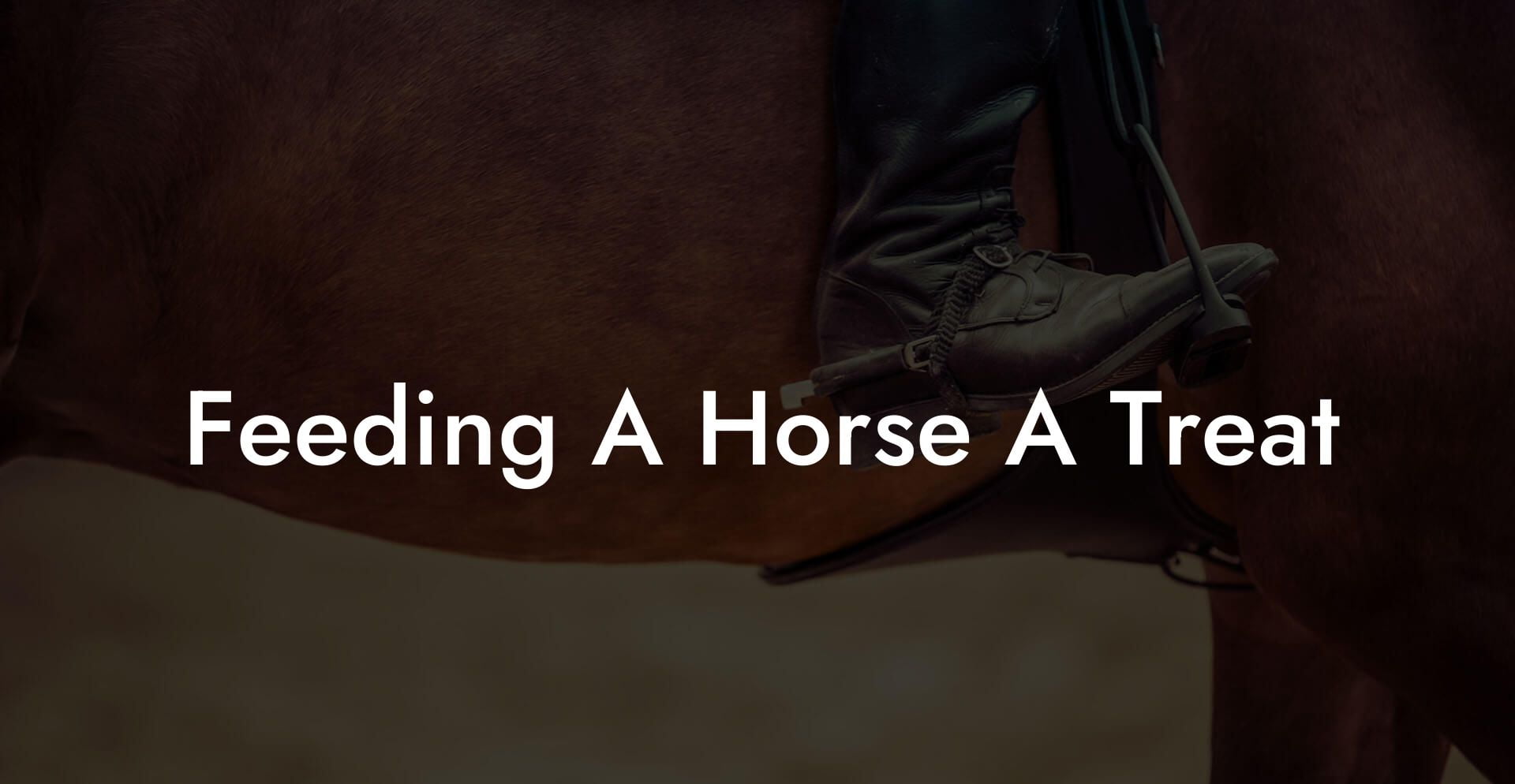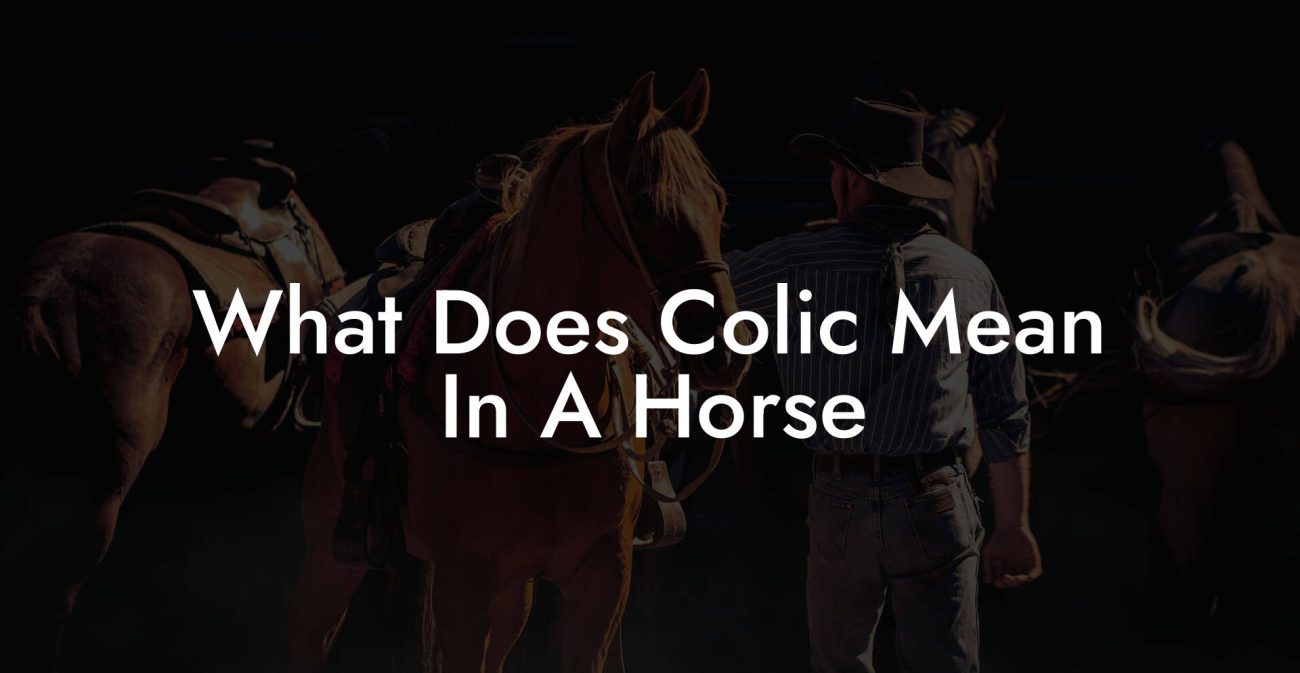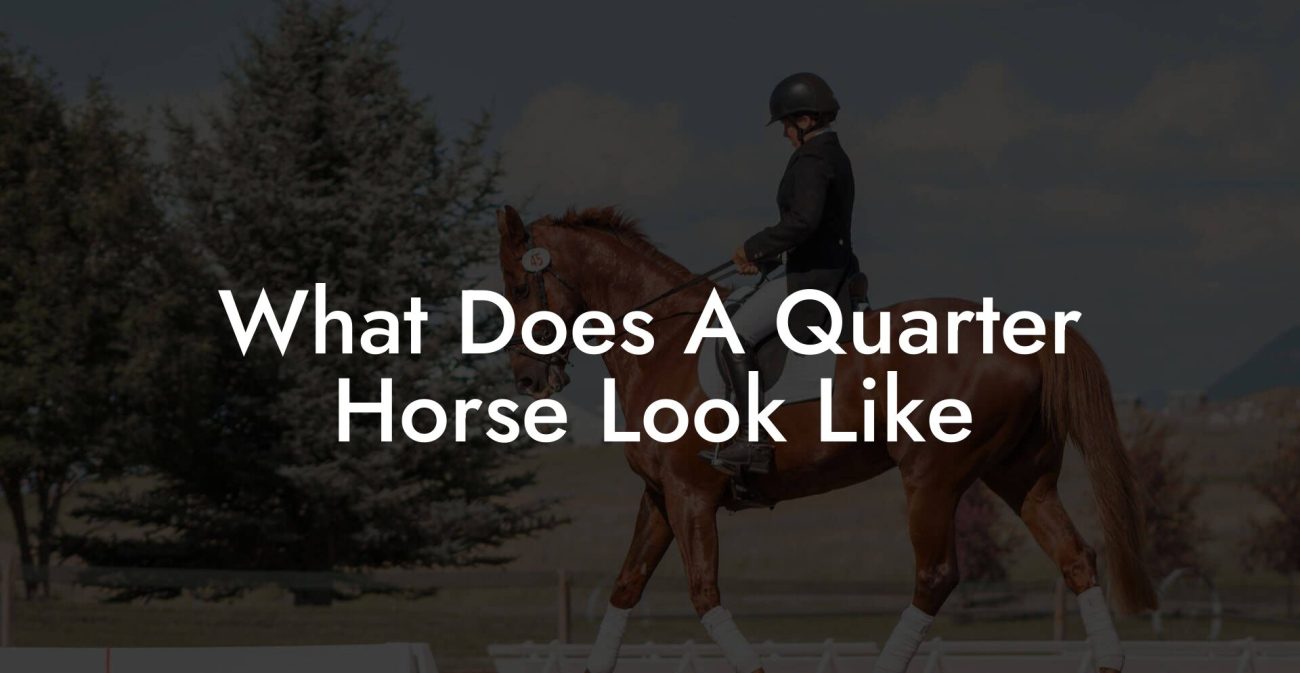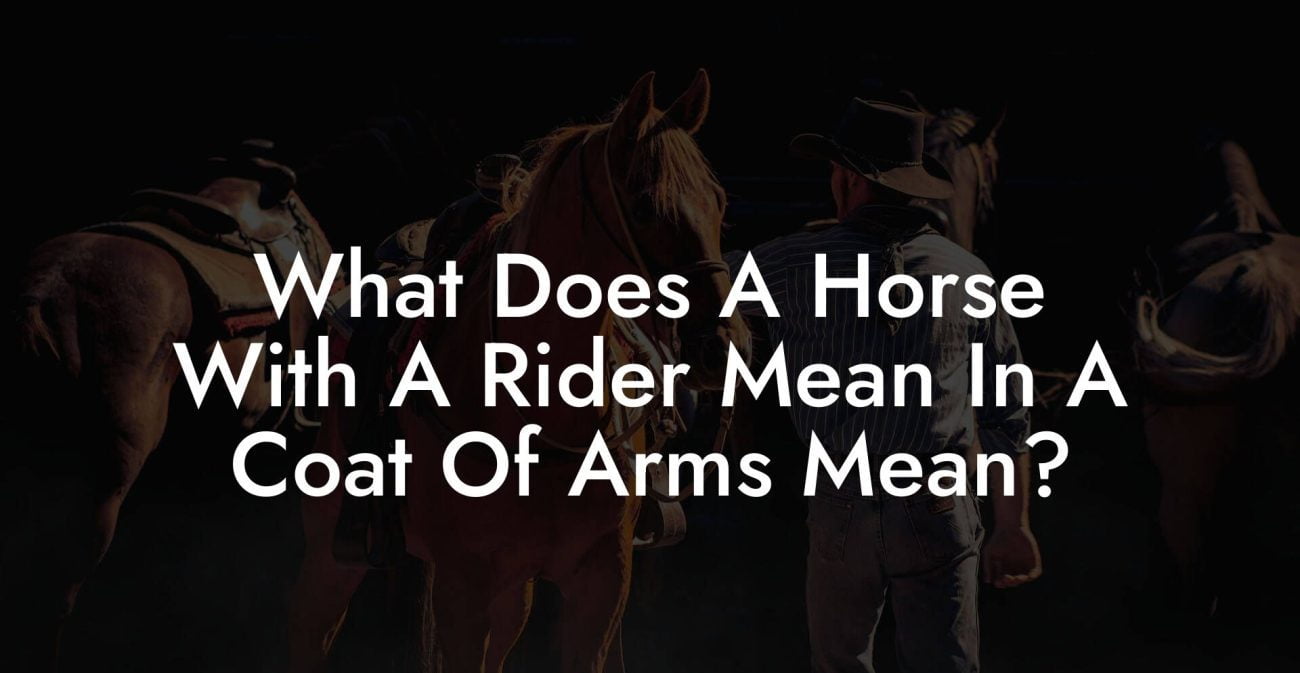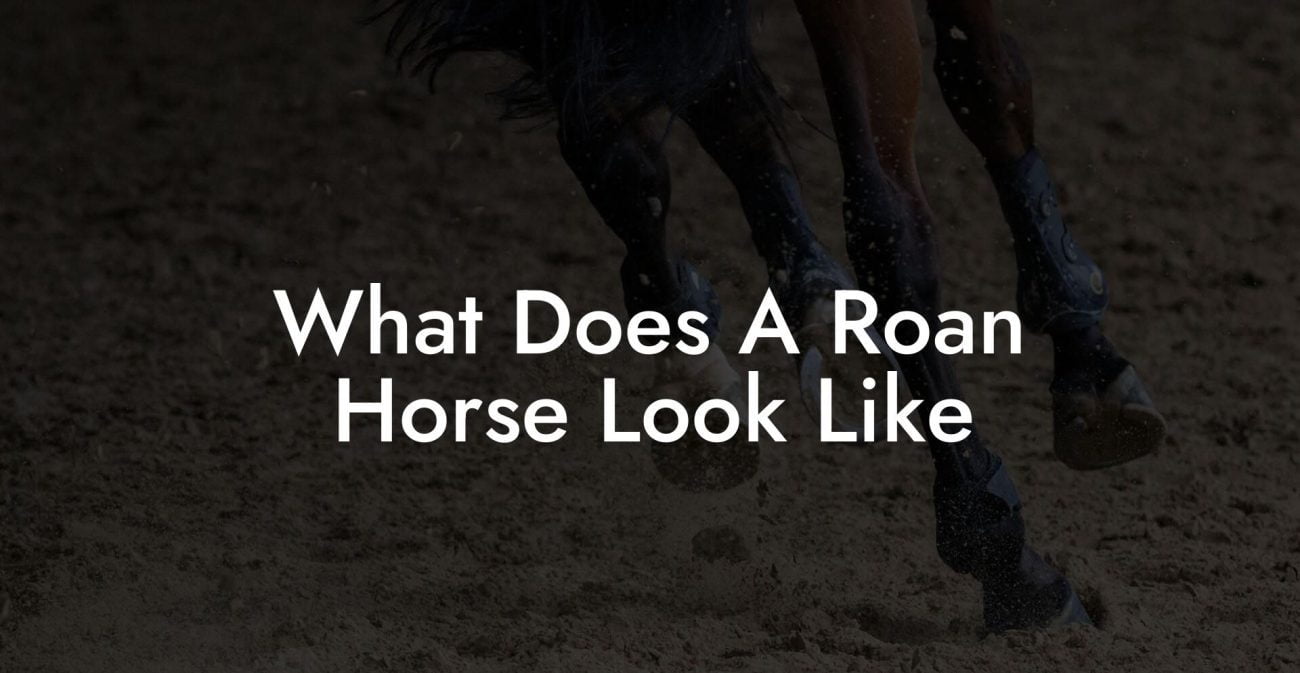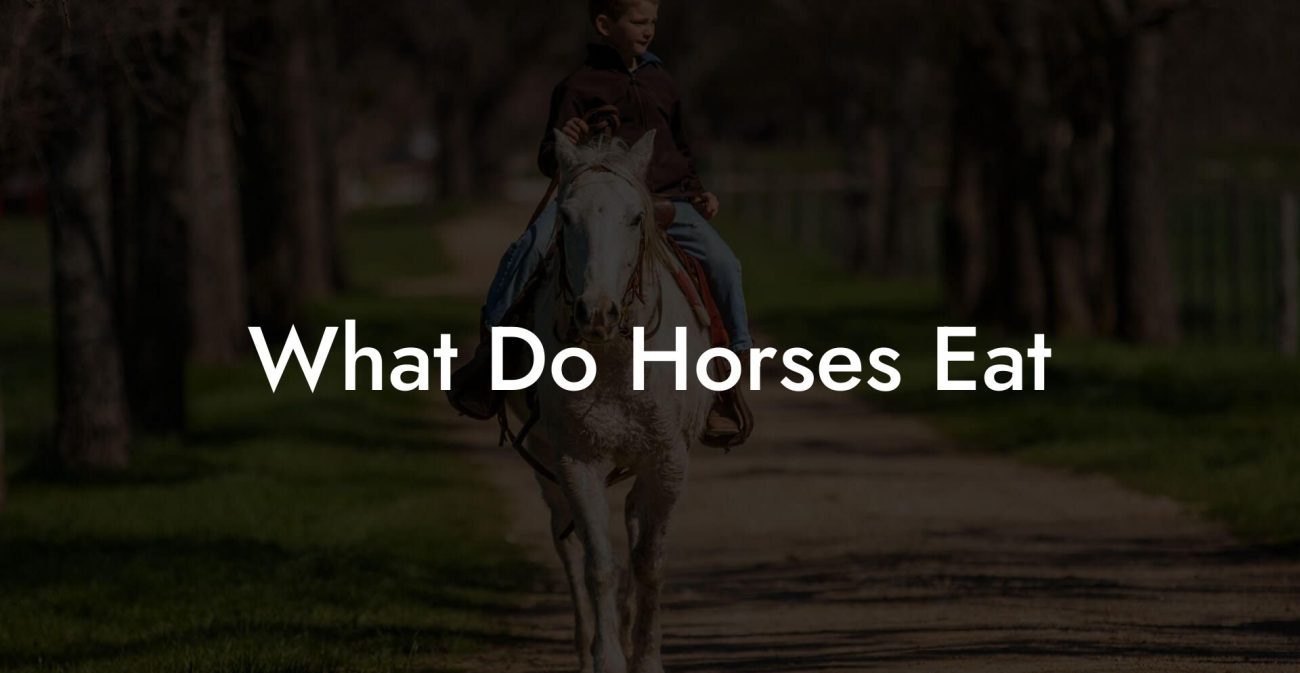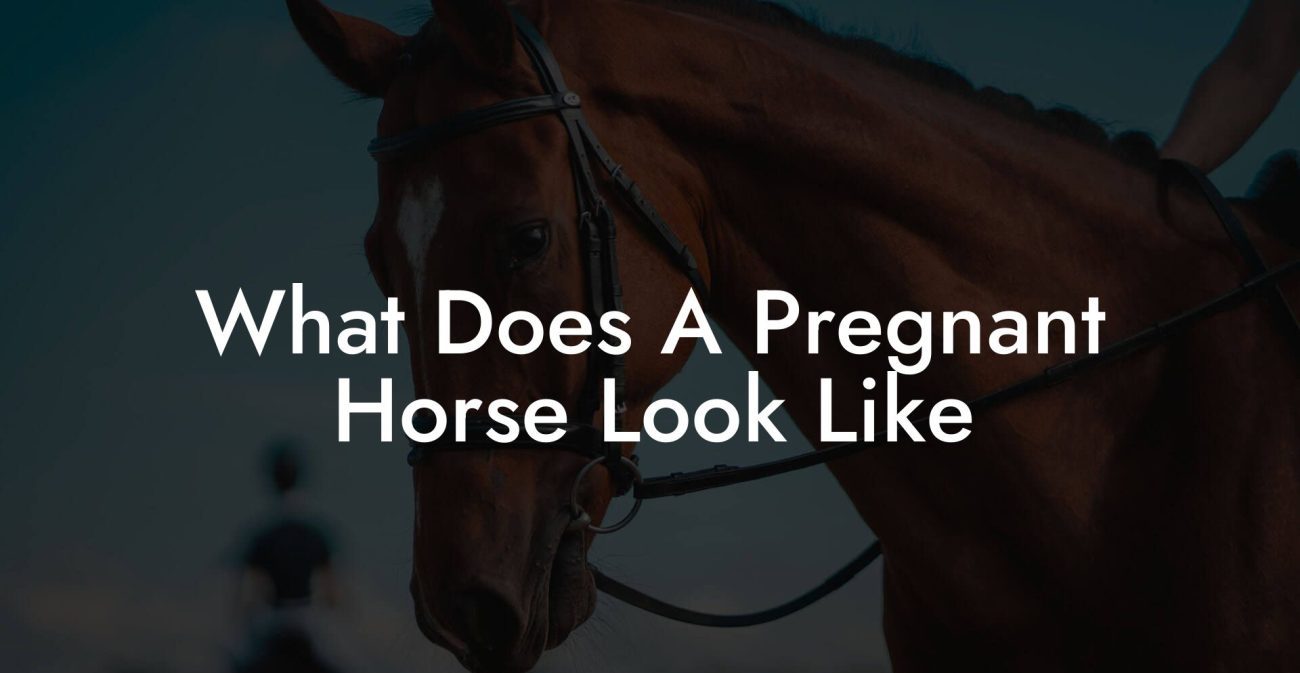Ever noticed how feeding your horse a treat can feel like throwing a surprise party for their taste buds? It’s not just about tossing a carrot or a sugar cube into the paddock, there’s an art and science behind it that’s as fascinating as it is fun. From nutritional wisdom to quirky treat rituals, this guide is your golden ticket to mastering the delightful dance of feeding your horse a treat while keeping their health and happiness galloping in perfect balance.
Quick Links to Useful Sections
- Understanding the Dynamics of Feeding a Horse a Treat
- Types of Treats: What Your Horse Loves (And What They Shouldn't Have)
- Fresh Fruits and Vegetables
- Commercial Treats and Pellets
- Grains and Specialty Snacks
- Natural Chewing Treats
- Nutritional Guidelines: Balancing Treats with a Horse's Diet
- The Art of Treat Feeding: Techniques and Strategies
- Rewarding with Precision
- Interactive Feeding Techniques
- Training and Treat Timing
- Common Pitfalls: Avoiding Overfeeding and Unhealthy Treats
- Modern Approaches: Integrating Technology and Smart Treat Feeding
- Real-Life Stories: Horses and Their Treat Tales
- Case Study 1: Midnight’s Marvel – The Social Media Star
- Case Study 2: Buster’s Balance – A Journey to Health
- Case Study 3: Daisy’s Delight – Reinventing Reward Systems
- Expert Advice: Insights from Equestrian Nutritionists and Trainers
- Resources and Community Support: Your Next Steps
- Feeding A Horse A Treat FAQs: Your Questions Answered
- Your Journey to Smart, Balanced Treat Feeding
Understanding the Dynamics of Feeding a Horse a Treat
When it comes to treating your equine friend, it’s not just about the “yum factor” (though that certainly plays a part). It’s about understanding the dietary needs, behavioral responses, and even the social dynamics that treat time can trigger. Feeding your horse a treat effectively is like panning for gold, you need a delicate balance of timing, moderation, and a genuine understanding of what makes your horse both healthy and happy.
Horses are naturally grazing animals, and their digestive systems are designed for constant, low-impact meals rather than intermittent high-sugar snacking. So, while a treat can be a joyous reward or a bonding moment, it’s important to remember that these treats need to complement rather than dominate their daily diet.
Modern research on equine nutrition emphasizes the importance of maintaining a balanced diet, where treats are seen as an occasional reward rather than the server of their daily caloric intake. This page explores the ins and outs of treat-giving, sharing advanced techniques, nutritional insights, and even a few technological tools that can help you transform treat time into a strategic part of your horse’s overall health plan.
Types of Treats: What Your Horse Loves (And What They Shouldn't Have)
There’s a vast spectrum of treats out there, but not all are created equal, especially for our four-legged friends. Here’s a breakdown of the common types of treats along with some lesser-known favorites that are making waves in the stable among Gen-Z owners and millennial equestrians alike.
Fresh Fruits and Vegetables
Many horses go wild for crisp apples, juicy carrots, and even the occasional banana slice. These treats are a hit not only because they taste great but also because they provide natural vitamins and hydration. However, moderation is key: too many sugary bits can upset their delicate digestive systems.
Commercial Treats and Pellets
The market is blossoming with commercial horse treats designed for safety and nutritional balance. These treats often include fortified pellets or chewables that combine both fiber and essential minerals. Always check the ingredient list to ensure there aren’t any harmful additives or excessive sugars.
Grains and Specialty Snacks
Some horses appreciate a little crunch, think of whole grains or even homemade treats powered by oats and barley. While these can be nutritious, they should only be a tiny fraction of the overall diet, especially considering the obesity and colic risks associated with high-grain intake.
Natural Chewing Treats
Natural chews like hay cubes, compressed alfalfa treats, and even certain dental treats not only serve as a tasty snack but also promote dental health by reducing plaque buildup. These treats are a double win, satisfying cravings while cleaning teeth.
As you explore these treat types, remember: every horse is unique. What delights one may not appeal to another, and their treat preferences can change with seasons, mood, and even the weather!
Nutritional Guidelines: Balancing Treats with a Horse's Diet
It’s crucial to strike that perfect balance between a treat that tickles your horse’s palate and a diet that supports their overall health. While treats can be one of the highlights of your horse’s day, they should be integrated into a well-rounded nutrition plan.
A horse’s primary diet should consist of high-quality forage such as pasture grass, hay, and occasionally legumes that provide the fiber necessary for optimal digestion. Treats, on the other hand, provide an opportunity to introduce supplemental nutrition without overwhelming their natural feeding rhythm.
Nutritional experts recommend that treats should not exceed 10% of your horse's daily caloric intake. This guideline helps ensure that treat-feeding remains a fun, supplemental activity rather than a source of imbalance in the diet. Overfeeding treats can lead to issues like weight gain, digestive distress, and even laminitis, a painful inflammatory condition of the hoof.
Integrating semantically relevant keywords such as “balanced equine diet,” “nutritional treat guidelines for horses,” and “healthy horse snacks” within your feeding strategy reinforces the importance of moderation. This ensures that your horse stays in peak performance mode, both on the racetrack and in everyday life.
Incorporating treats doesn't just satisfy their appetite, it can serve as a moment of connection and training reinforcement. With a carefully curated treat strategy, you can enhance your horse's training sessions, boost positive behavior, and add that extra sprinkle of joy to an ordinary day.
The Art of Treat Feeding: Techniques and Strategies
Treat feeding isn’t just a simple toss-and-go affair, it’s an art form where timing, technique, and mindfulness come together. Whether you're training a young colt or reinforcing good behavior in an experienced steed, how you administer treats can make all the difference.
Rewarding with Precision
Using treats as positive reinforcement is a well-established method in the equestrian world. When your horse responds correctly to a cue or exhibits excellent behavior, a treat delivered at just the right moment can reinforce the action. This method not only rewards the behavior but also solidifies the bond between you and your horse.
Consider practicing consistent reward timing, this means handing out a treat immediately after the desired behavior. Over time, your horse learns that good things follow prompt action. Integrate keywords such as “equestrian training treats” and “positive reinforcement in horse training” to signal your expertise in both nutrition and behavioral science.
Interactive Feeding Techniques
Interactive treat dispensing can evolve into a stimulating game for your horse. Using puzzle feeders or hand-feeding sessions encourages mental engagement and reduces boredom. These interactive methods contribute to your horse’s cognitive health, offering a welcome change from routine grazing.
Modern treat dispensers can be as high-tech as some of the gadgets your Gen-Z friends love. Imagine a smart feeder app that tracks your treat granting, ensuring you never exceed the recommended limits, technology meets tradition in a way that keeps both you and your horse on top of your game.
Training and Treat Timing
In training scenarios, treat timing is an essential component. Much like how we use feedback loops in digital marketing, treat rewards reinforce behavioral “conversions.” Whether you’re teaching a new trick or fine-tuning obedience, judicious treat feeding ensures that your horse remains alert and motivated.
This blend of nutritional strategy and behavioral science helps create an ecosystem where every treat is enjoyed and every reward is a stepping stone to long-term success. In this balancing act, professional trainers often share tips like avoiding over-reliance on treats and always pairing a treat with a true verbal or physical cue.
Common Pitfalls: Avoiding Overfeeding and Unhealthy Treats
It can be tempting to indulge your horse with treats that seem as delightful as a double rainbow on a sunny day, but overfeeding can have serious repercussions. Identifying and avoiding common pitfalls is key to keeping your horse’s health in check.
Overfeeding treats may seem harmless, but when treats start comprising too much of your horse’s daily energy intake, the risk of obesity, digestive issues, and metabolic slowdown skyrockets. Look out for signs of over-conditioning, such as a sluggish gait or stubborn weight gain. It’s a delicate equilibrium, much like balancing a TikTok trend with lasting substance.
Furthermore, the quality of the treats matters immensely. Avoid treats loaded with artificial colors, preservatives, or excessive sugars. These additives might be a hit on social media in a flashy ad, but they can wreak havoc on your horse's gut health. Remember, the golden rule is to opt for natural and minimally processed options wherever possible.
Equine nutrition experts advise that if you’re ever in doubt about a treat, consult your veterinarian or an equine nutritionist. Their insights, reinforced by the latest in equine dietary research, can save you from a treat-induced dietary faux pas.
By steering clear of these pitfalls and focusing on moderation and quality, you ensure that treat time remains a highlight of your horse’s day, a moment of delight that supports their broader health rather than undermining it.
Modern Approaches: Integrating Technology and Smart Treat Feeding
Welcome to the age where even the age-old practice of treat feeding meets cutting-edge technology. Modern equestrians are harnessing smart technology to reconceptualize how treats are fed, monitored, and customized for their horses.
Digital tools such as mobile apps, wearable trackers, and automated feeders are revolutionizing the way we think about equine nutrition. Imagine an app that logs every treat, calculates its nutritional value, and even suggests the perfect time for the next reward to avoid overfeeding. This isn’t science fiction, it’s already happening in stables around the world.
By integrating geotagging features and automated notifications, these smart treat feeders ensure that even when you’re out riding or busy with your daily hustle, you never lose track of your horse’s dietary balance. Keywords like “smart treat feeding technology,” “equestrian nutrition apps,” and “automated horse feeders” seamlessly blend modern innovation with traditional care methods.
Not only does this approach keep your horse in optimal health, but it also lets you track progress over time. Data-driven insights empower you to adjust your feeding strategy based on real-time feedback, ensuring that each treat is both a delight and a step toward sustained well-being. This blend of technology and tradition reflects the forward-thinking mindset embraced by both Gen-Z and millennial horse lovers.
Real-Life Stories: Horses and Their Treat Tales
Nothing brings a concept to life quite like real-life stories. Here are some tales of equine treat feeding that illustrate how a thoughtful, balanced approach can make all the difference.
Case Study 1: Midnight’s Marvel – The Social Media Star
Midnight, a sleek black mare known for her spirited personality, was once a picky eater when it came to treats. Her owner, a savvy millennial with a penchant for all things trending, decided to experiment with a new approach. Instead of random snack sessions, she integrated interactive feeding sessions using a puzzle feeder guided by a smartphone app.
The change was remarkable. Midnight not only started loving her treats more, but she also began showing improved focus during training sessions. The app logged every morsel of nutrition, ensuring her treat intake stayed in check. Today, Midnight’s feats and quirky treat routines have even made rounds on social media, inspiring fellow horse enthusiasts to adopt a similar high-tech feeding strategy.
Case Study 2: Buster’s Balance – A Journey to Health
Buster, a gentle giant of a horse, had always struggled with weight management. His owner was determined to transform his treat time into a manageable dietary component rather than a caloric hazard. By meticulously moderating his treat portions and integrating nutrient-rich options like fresh apple slices and natural chewing blocks, Buster’s overall health improved dramatically.
His journey from being a “treataholic” to a well-balanced athlete is a testament to the idea that strategic treat feeding isn’t just about rewards, it’s about achieving long-term nutritional harmony. Buster now enjoys regular health checks that confirm his improved condition, proving that informed treat choices go a long way.
Case Study 3: Daisy’s Delight – Reinventing Reward Systems
Daisy, an energetic pony with a flair for performance, benefited immensely from a structured treat reward system. Her trainer incorporated precisely timed treat rewards as part of an intensive training program. Integrating positive reinforcement techniques with smart treat dosing, Daisy not only picked up new tricks faster but also maintained a lean physique throughout her rigorous exercise regime.
Daisy’s story underscores the transformational power of combining traditional training with modern nutritional strategies. Her progress has been celebrated in local equestrian circles, igniting conversations about innovative approaches to treat time and overall horse care.
These narratives show that whether you’re a first-time horse owner or a seasoned equestrian, mastering the art of feeding a horse a treat can lead to extraordinary improvements in health, behavior, and even social media popularity!
Expert Advice: Insights from Equestrian Nutritionists and Trainers
In a world that thrives on expert opinions and pro tips, connecting with equine nutritionists and seasoned trainers can be your secret weapon in navigating treat feeding. These professionals offer insights that go beyond the basics, helping you tailor a treat strategy that’s as much about health as it is about fun.
Leading equestrian nutritionists emphasize the need for balance and moderation. They stress that while treats are an excellent tool for positive reinforcement, they should complement, never replace, a diet rich in quality forage and balanced nutrients.
Experienced trainers also recommend varying treat types to prevent predictability. Mixing in low-calorie, nutrient-rich options encourages better eating habits and prevents your horse from developing an unhealthy addiction to high-sugar snacks. Their advice often includes keeping a treat diary to track the effects on performance and behavior, a practice that resonates with the digital, data-savvy mindset of today's equestrians.
Whether it’s through one-on-one consultations or community forums, tapping into these expert insights can transform treat feeding from a casual afterthought into a strategic, impactful part of your horse care routine.
Resources and Community Support: Your Next Steps
Venturing into the realm of treat feeding can feel like exploring uncharted territory, but you’re not alone on this journey. There are countless resources available, from online courses and webinars to community forums and social media groups, where you can share experiences, ask questions, and learn from fellow enthusiasts.
Look out for equine nutrition blogs, YouTube channels dedicated to horse care, and local equestrian clubs that host workshops on balanced diets and treat feeding techniques. These platforms are treasure troves of information, offering real-life experiences, scientific insights, and even quirky treat recipes that have been tested and adored by the community.
Additionally, many veterinarians and equine nutritionists now offer teleconsultations, making it easier than ever to gain personalized advice no matter where you are. Embrace digital tools, follow trending hashtags, and join Facebook groups or Reddit threads, these community interactions are invaluable for staying updated on the latest innovations in smart feeding.
Your next steps are simple: dive into research, engage with experts, and build a network of like-minded equestrians who share your passion for balanced, innovative treat feeding. With community support, you transform a practical task into a shared adventure, one where every treat is a small victory in the quest for holistic equine wellness.
Feeding A Horse A Treat FAQs: Your Questions Answered
Navigating the world of treat feeding can naturally lead to questions. Here are some of the most frequently asked questions that address common concerns and curiosities about feeding your horse a treat.
1. How often should I feed my horse a treat?
Treats should be given sparingly, typically no more than 10% of your horse's total daily caloric intake. This ensures that treats act as rewards without disrupting their balanced diet.
2. What are some healthy treat options for horses?
Fresh fruits such as apples and bananas (in moderation), vegetables like carrots and celery, and natural chewy treats such as hay cubes or dental chews are excellent choices that promote both pleasure and health.
3. Can treats be incorporated into training sessions?
Absolutely! Treats are a powerful positive reinforcement tool. The key is using them strategically during training sessions to reinforce desired behaviors while keeping portion sizes small.
4. What are the risks of overfeeding treats?
Overfeeding treats can lead to weight gain, digestive disturbances, and even metabolic disorders such as laminitis. Moderation paired with high-quality, natural treats is crucial.
5. Is it safe to give commercial treat pellets to my horse?
Many commercial treat pellets are designed with balanced nutrition in mind. However, always review the ingredient list for harmful additives and consult with your veterinarian to ensure they meet your horse's dietary needs.
6. What role does technology play in modern treat feeding?
Digital tools such as smartphone apps, automated feeders, and data trackers help monitor and manage treat intake, ensuring each feeding session aligns with the horse's nutritional and training goals.
7. How do I know if a certain treat is suitable for my horse?
Test new treats gradually and watch for any adverse reactions. Consulting with a veterinarian or equine nutritionist can provide personalized guidance based on your horse’s health profile.
8. Can treats help in building a stronger bond with my horse?
Yes, when used correctly, treats can be an excellent tool for reinforcing positive behavior and building trust, making treat time an enriching bonding experience.
9. Are there specific treats recommended for horses with special dietary needs?
For horses with dietary restrictions or conditions like insulin resistance, leaner treat options with low sugar content are ideal. Always consult your veterinarian for personalized recommendations.
10. How can I integrate treat feeding without disrupting my horse’s daily grazing routine?
Plan treat sessions strategically by pairing them with training or bonding moments, ensuring that they complement rather than replace your horse’s regular feeding schedule.
Your Journey to Smart, Balanced Treat Feeding
Treat feeding is more than a casual indulgence, it’s a harmonious blend of nutrition, behavior, technology, and the genuine love you share with your horse. Every treat, when thoughtfully chosen and administered, contributes to the robust health and spirited nature of your equine companion.
As you embark on this journey, remember that the art of feeding a horse a treat is a dynamic process. It involves understanding their natural grazing instincts, integrating smart technologies for balanced nutrition, and using treats as tools for both reward and health optimization. These strategies empower you to transform everyday moments into meaningful, connected experiences with your horse.
Embrace a treat-feeding philosophy that values quality over quantity, innovation alongside tradition, and genuine care through informed choices. Whether it’s celebrating small wins during training or simply sharing an intimate moment in the paddock, every treat is a reminder that the journey to your horse’s well-being is as rewarding as the destination.
With courage and creativity, step into a future where every carrot crunch and apple slice is a celebration of your horse’s health and your shared journey toward balance. Let each treat be a symbol of the thoughtful care and modern innovation that keep your horse galloping strong, both in the arena and in life.
Your journey to smart, balanced treat feeding starts now. Celebrate the small victories, trust your instincts, and let the joy of sharing every treat turn into a lasting memory, a vibrant chapter in your horse care story.

